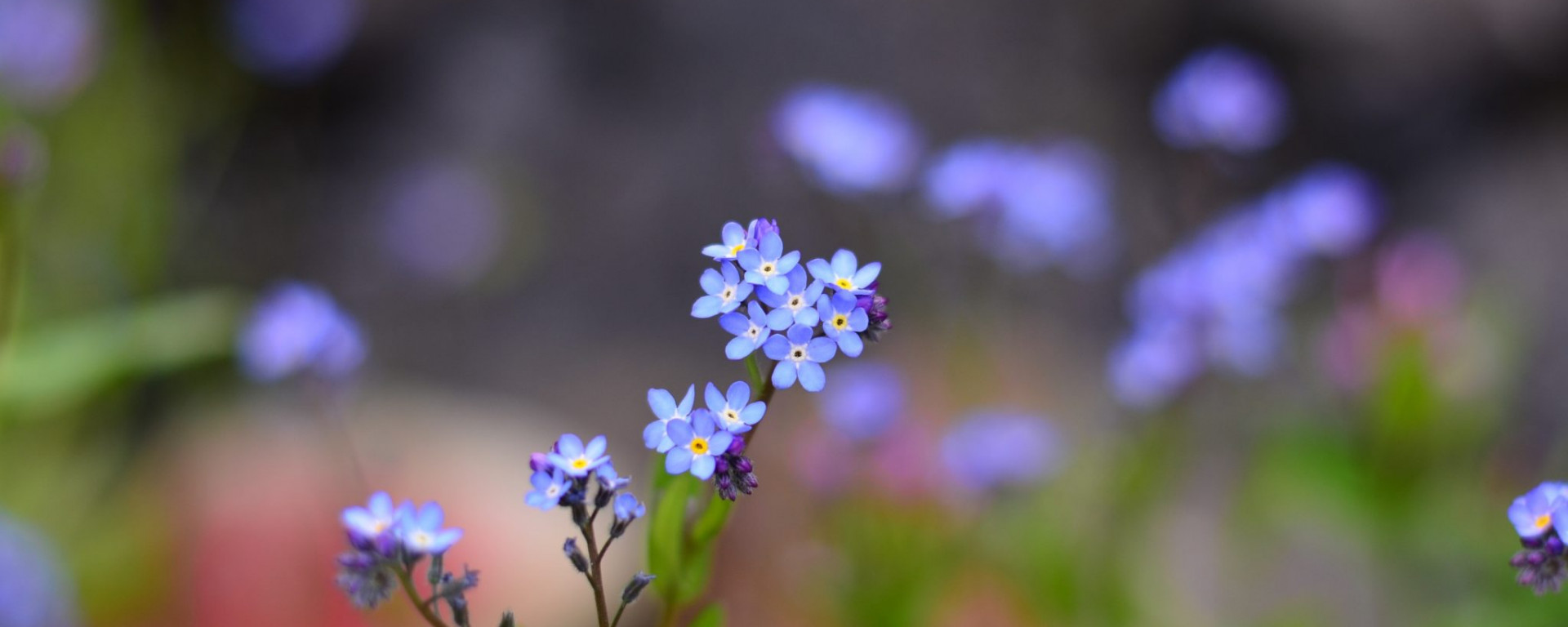Creating sanctuary and shelter for wildlife in a garden is a great way of learning about nature in your area and helps to preserve the habitats and food these creatures need to survive and thrive. Making your garden wildlife friendly doesn’t mean that you have to leave it to grow, in fact every garden from a small plot to a big family garden can be home to nature by following a few key factors.
Garden room specialists Oeco Garden Rooms guide us through some of the simple things we can all do to help nature out, including creating different habitats, places for animals to breed and take shelter and provide feeding areas to create a the perfect wildlife friendly garden.
Wildlife Habitats
Even the smallest garden can provide a valuable habitat for wildlife to thrive, and it is a good idea to introduce as many different habitats as you can without going overboard and packing too much in.
There are lots of ways to introduce microhabitats into your garden, providing a diverse range of homes for insects, invertebrates and animals to shelter and feed as nature intended. Lawns, especially areas that are left to grow a little are perfect for insects and minibeasts, as well as an eating ground for the birds that feed on them.
Plant borders and bushes populated with native flowers and shrubs provide a rich source of food for butterflies and bees, as well as seeds, berries and shelter for small mammals and birds. Trees and hedges also offer shelter and cover for mammals and nesting sites for birds to raise their young.
Water features and ponds provide the perfect habitat for an array of wildlife from amphibians and minibeasts to bathing birds.

Foraging and Feeding
One of the most important features of a wildlife friendly garden is a variety of places for different animals to forage for food and eat. There is a range of ways we can do this, either by providing food ourselves (particularly good in the winter months as food becomes scarce) or by letting nature supply the food.
Look at planting native flowers and berry bushes that flower and seed during different times of the year; this will provide an array of natural food for animals and insects that forage during different periods. A variety of colourful nectar-rich flowers and plants will attract bees, butterflies and other insects to your garden too.
